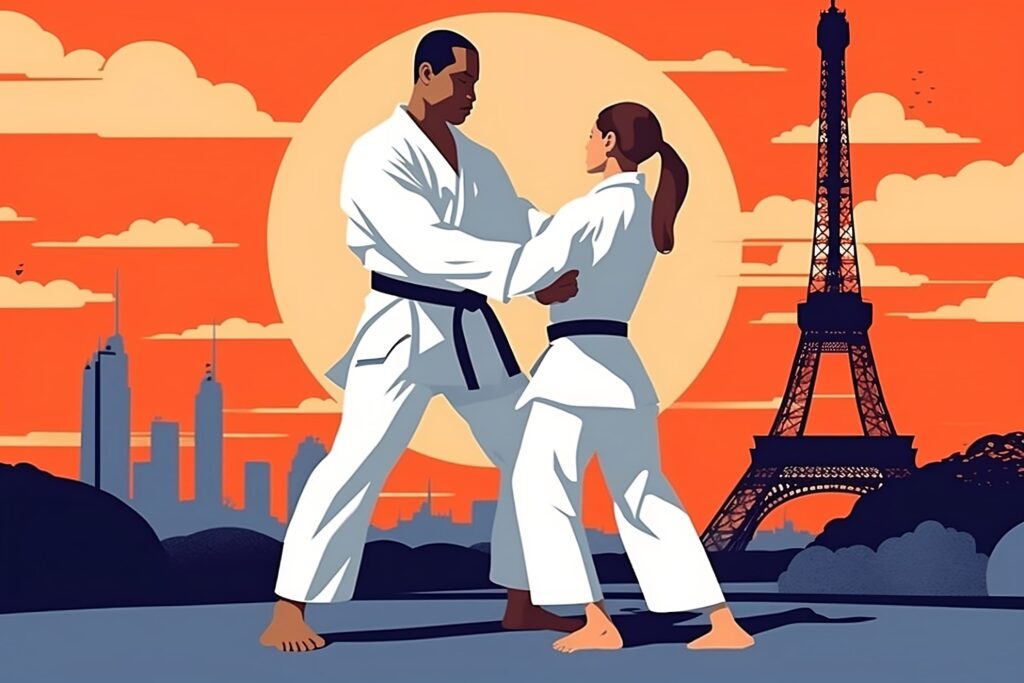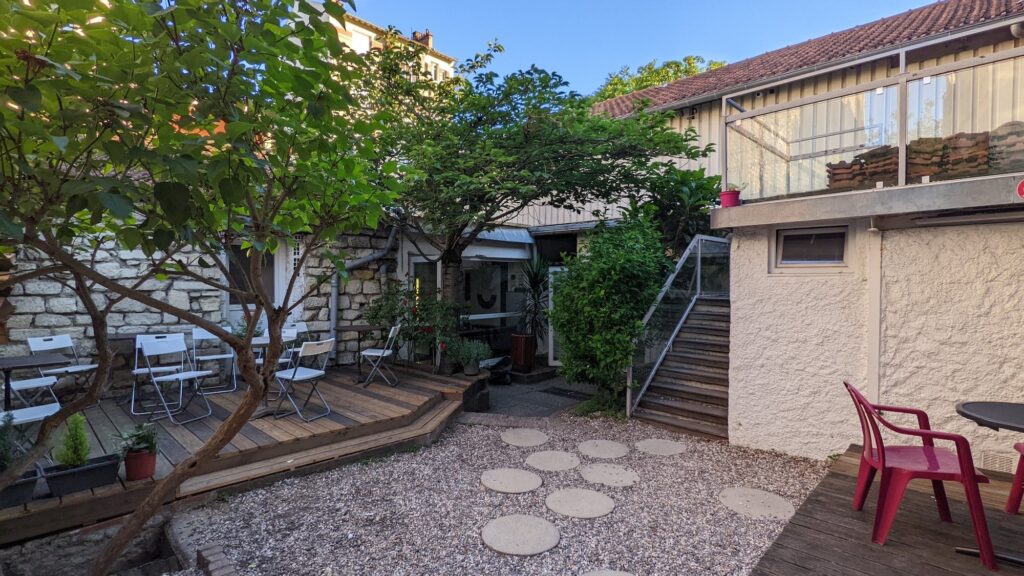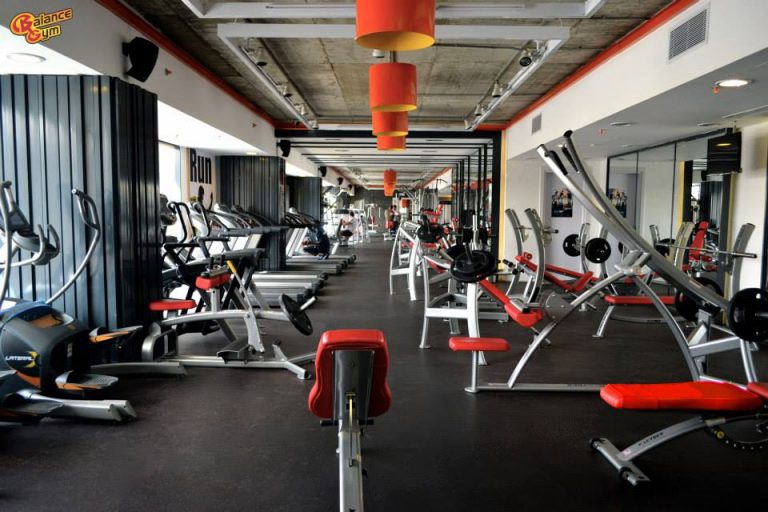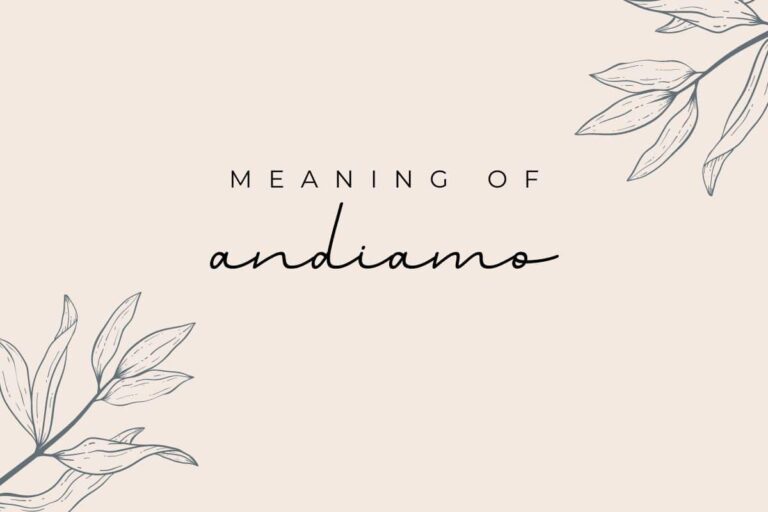Learning BJJ in French — Brazilian Jiu-Jitsu French Glossary
Since late 2021 I picked up a new hobby in my repertoire — Brazilian Jiu-Jitsu (BJJ). And so far I’ve studied at four different dojos in three different countries, including two that are francophone. So I’ve learned how to talk about BJJ in French.
But Brazilian Jiu-Jitsu, like any field, has its own specific vocabulary. A lot of the movement and positions have generic names that translate, but many others come from Japanese (from Judo, e.g. ippon seoi nage), or are named after people who made them famous (e.g. the kimura).
I started training in BJJ in Australia where I could do it in my best language, English, while I focused on the base skills. But after about 5 months of training, I started travelling — first to Francophone countries. So I learned a bit about the French ways of describing Jiu-Jitsu movements.
As context, I already spoke French. I learned it as an adult, starting when I was 21 or so. French is my fourth language and I’ve used it in university (as an engineering student) and at a professional level.
So here it is — my guide to training in Jiu-Jitsu or BJJ in French.
You might also like my reflections on studying BJJ in Mauritius.

Here are my latest posts on combat sports gym reviews from around the world, vocabulary for training in other languages, and other resources. If you’d like to have me visit and see your gym, please contact me — I love visiting new places and making new friends through combat sports.
You might also like my list of BJJ / MMA words in Spanish.
Contents
Overview of Learning Brazilian Jiu-Jitsu (BJJ) in French
Overall, if you’re familiar with Brazilian Jiu-Jitsu in general, then moving to a new dojo always has its set of challenges. Each gym has its own culture and that’s only partially related to the country it’s in.
But that said, there’s a lot in common in every martial arts gym. There are some universal things like: warm up drills, rules about not wearing shoes on the mats, asking for permission to join a class if joining late, and so on. So every time I show up to a gym, it’s with a degree of general familiarity.
That said, adapting to learning BJJ in French was surprisingly tricky. I expected more loanwords! There’s quite a few, just not for some of the more common things.
One thing to start with — BJJ became popular globally via America (after of course Brazil and Japan). So a lot of the global vocabulary is in English, with many Japanese loan-words (randori, kesa gatame), many words named after practitioners (Kimura, De La Riva), the occasional general martial arts term (oss!).
Different practitioners prefer different terms, and this includes French-speaking BJJ coaches. Just like your coach might call a scarf hold a kesa gatame, a French-speaking coach may say “prends tes underhooks” rather than use a French equivalent. It’s up to the individual.
The reason for this is that most French people know English (though may not be fluent speaking it socially), and so much culture proliferates via the Internet, the UFC, and Youtube, that a lot of language naturally gets imported rather than translated.
But on to a few general concepts for doing BJJ in French.
Firstly, in French, Brazilian Jiu-Jitsu is known as Jiu-Jitsu Brésilien, or JJB. You say it ji-ji-bé. Of course people will know what “bee-jay-jay” is, but it sounds foreign.
Secondly, French speakers do import a lot of basic terminology from Japanese. For example, in French people refer to the “gi” uniform as the kimono.
But where French is different to many other languages is that many position and attack names are translated to French.
This is different to, for example, Korean, where an arm bar is just phonetically called an 암바, which is pronounced am-ba.
On top of that, the French generally opt for a few different terms for things.
For example, the gi, the English/international loan word for the traditional martial arts outfit, is also known as a kimono. French prefer the latter.
Or to describe sparring, rather than using the English loan-word as they do in boxing, the French use the Japanese loan word randori, also used commonly in Judo.
It’s things like this that are useful to know when contemplating doing BJJ in French.
Here’s some terminology I’ve hard to learn. On y va, c’est parti!
Quick notes —
1. This is my experience from two gyms and around 5 coaches (plus online videos) only. If you have another perspective to share, I welcome it!
2. Of course most French coaches in France can coach you in English. France is a country with a high level of education, and many coaches have trained and competed abroad. But if you want to participate in the class and kind of disappear, or to practise your French via a hobby, like I do, speaking French will help.

General BJJ Terms in French
Here are a bunch of general terms I think you need to know in French to do BJJ in French.
Some of them are verbs, some are nouns, but these are the basic ones you need to know.
| English | French |
|---|---|
| BJJ | JJB (pronounce it ji-ji-bé) |
| Back take | Prise de dos |
| Balance | L’équilibre |
| Belt e.g. White belt with two stripes | Une ceinture e.g. Ceinture blanche à deux barrettes |
| Bow (e.g. the formality) | L’inclination Verb: s’incliner Also common is “se saluer”, to greet one another |
| Collar / lapel | Le col / le lapel |
| Escape | S’échapper or sortir (exit) |
| Flexible / flexibility | Souple / Souplesse |
| Forward roll | Une roulade |
| Frame | Un cadre |
| Gi / Kimono | Le kimono, or le “kim” |
| Grip | Un grip or une saisie 1. Noting “grip” because it’s not correct French but sometimes used. “Prends tes grips”. 2. Also note that la grippe is “the flu”. |
| Guard passing | passage de garde / passer la garde (or ouvrir la garde) |
| A hook (e.g. in back control) | Un crochet |
| Mat | Le tapis |
| Mouthguard | Un protège-dents |
| Roll (i.e. to have a roll) | Tourner Faire des “randori” (a Judo term used in France in BJJ) |
| A shrimp / hip escape | Une langouste or une crevette (I’ve heard both to describe the movement) Or “Sors tes hanches” |
| Submit | Soumettre |
| Submission | Une soumission |
| Sweep | Un renversement. Also “un sweep” |
| Sleeve | La manche |
| Throw (like Judo moves) | Une projection |
| Underhook | Une escrime (lit: fencing sword), also “un underhook” depending on the teacher |
| Windshield wiper Do a windshield wiper movement | un essuie-glace Fais un mouvement d’essuie-glace |
| Wrestling | La lutte |
Movements
There are a bunch of verbs that I think are a little advanced (or at least intermediate) that you have to know in French.
This is a non-complete list, but it’s a start!
| English | French |
|---|---|
| Beat / defeat | Toper (slang, from “top”) |
| Counter | Contrer |
| Catch/grab | Saisir / Attraper Or toper (familiar) Tope le bras… |
| Dodge / avoid | Esquiver |
| Grab onto (e.g. a collar) | S’accrocher à |
| Grab / Grip | Saisir |
| Extend (e.g. a leg, arm) | Étendre |
| Hit (don’t do this…) | Frapper |
| Kick (as in to extend a leg) | Kicker |
| Lock | Verrouiller |
| Have a drink of water (lit. a mouthful) | Boire un coup d’eau |
| Pass / outflank | Déborder Usually passer but heard this too |
| Slap (Sometimes I do this by accident…) | Gifler |
| Span/straddle (e.g. when passing a guard) | Enjamber |
| Stack / Pressure / pack down (e.g. during a pass) | Tasser |
| Strangle | Étrangler |
| Sweep | Renverser. Also “Sweeper” |
| Switch your hips | Renverser tes hanches |
| Tap | Tapper (a loan word) |
| Throw (Judo) | Projecter |
| Topple over | Basculer |
| Twist | Vriller |
| Unbalance / throw off balance | Déséquilibrer |
First time I heard enjamber I thought… “to en-leg?”
Controle positions in French
These are positions of control in French — like mount, half guard, etc.
Usually you use these with a sentence like je t’avais en position montée.
If they’re not below, like single leg x for example, then assume it’s the same but just pronounced as if it were French.
| English | French |
|---|---|
| Mount | La montée |
| Butterfly guard | Papillon |
| Collar-sleeve | Col-manche |
| Half guard | Demi garde |
| Deep half guard | Demi garde profonde |
| Side control | Contrôle latéral or La croix |
| Open guard | Garde ouverte |
| Closed guard | Garde fermée |
| Back control | Contrôle du dos |
| Head to tail | Tête bêche |
| North-South | Nord-Sud |
| Knee on belly | Le genou sur l’estomac or just genou-estomac Or genou au ventre |
| Seatbelt | Ceinture de sécurité |
| Spider guard | Garde araignée (sometimes just “le spider”) |
| Turtle | La tortue / à quatre pattes |
Attacks
Arm bars, knee bars, kimuras… here are all the common attacks that get translated into French.
You can improvise many of these names if you know another word (e.g. arm, leg).
| English | French |
|---|---|
| Arm bar / lock | Une clé/clef de bras Sometimes a “juji” (from juji gatame, Japanese) |
| Knee bar / lock | Une clé de genou |
| Ankle lock | Une clé de cheville |
| Arm triangle | Un (étranglement) bras-tête |
| Choke | Un étranglement E.g. “clock choke” is Étranglement en horloge |
| Guillotine | Une guillotine (another free one!) |
| Triangle | Un triangle (pronounced in French of course) |
A note on “strangle” being étranglement: Linguistic purists will note that in English we should really call chokes “strangles”, but I’m more of a functional linguist, in that I believe in letting let languages evolve naturally, unless the evolution actually gets in the way of comprehension.
I think forcing people to call them “strangles” is counterproductive. For example, obliging people to call it a “rear naked strangle” doesn’t help people know what you’re talking about.
Body parts
You can learn body parts anywhere, and I expect anyone thinking of doing BJJ in French already knows the basics like arm, head, or leg.
But there are a number of body parts I just rarely have to say in any language that I find myself saying more in Jiu-Jitsu.
| English | French |
|---|---|
| ankle | la cheville |
| armpit | l’aisselle (f) |
| artery | l’artère (f) |
| back of the neck / nape | la nuque |
| belly button | le nombril |
| bicep | le bicep (there’s a free one…) |
| chest | la poitrine |
| crook The crook of the knee / elbow | le creux Le creux du genou / coude |
| elbow | le coude |
| fist | le poing |
| forehead | le front |
| Groin Don’t step on my groin | l’aine Marche pas sur mon aine |
| heel | le talon |
| hips | les hanches |
| jaw You’re crushing my jaw | la mâchoire Tu m’écrases la mâchoire |
| knee | le genou |
| le creux du genou | |
| palm | la paume |
| shin | le tibia |
| shoulders | les épaules |
| shoulder blade | l’omoplate |
| spine | la colonne vertébrale |
| thigh | la cuisse |
| throat | la gorge |
| thumb | le pouce |
| toes | les orteils |
| wrist | le poignet |
Funny story, for a while I thought when in class they were saying “la paume” (palm) it was “la pomme” (apple), and that it was a euphemism for fist.
Injuries and remedies
Alas, injuries happen! Here are a few that happen regularly, plus common remedies / first aid things (nothing complex).
| English | French |
|---|---|
| Band-aid | un pansement |
| Black eye | un oeil au beurre noir |
| Blood E.g. there’s blood on your gi | du sang Il y a du sang sur ton kim |
| Bruise E.g. My arm is going to bruise | un bleu (usually plural) E.g. Mon bras va avoir des bleus |
| Finger tape | la bande de doigt |
| Pain | douleur Commonly mal à e.g. j’ai mal au bras |
| Sensitive (e.g. to pain) | sensible E.g. mon épaule est un peu sensible |
| Sprained ankle | Une entorse à la cheville |
Don’t forget your protège-dents!






